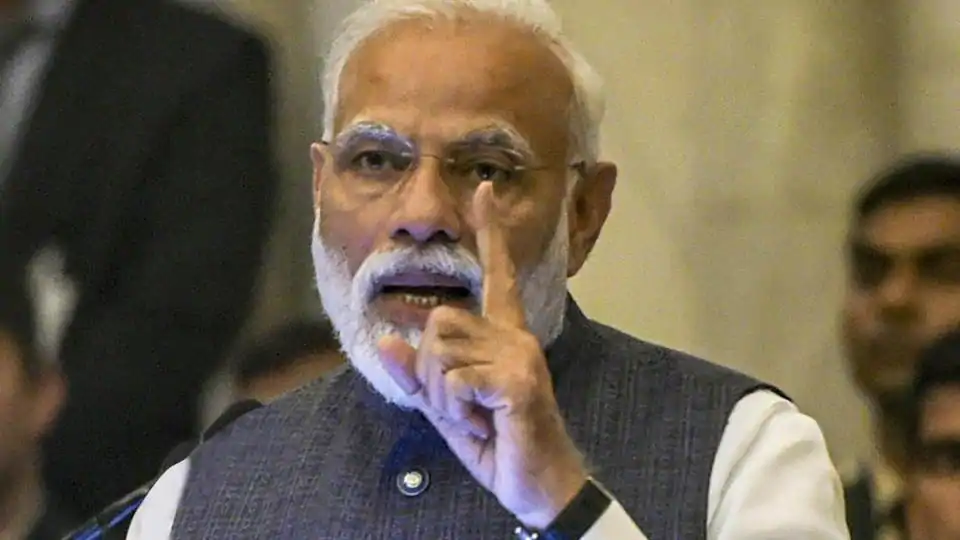
SOURCE: HT
Indian national security planners are mulling over a security architecture that weeds out inimical countries from participating in core sectors such as power, telecommunications and roads by verifying origins of equipment imported into the country and testing its trustworthiness, people familiar with the matter told Hindustan Times.
Besides, India will opt for collaborative partnerships in development of critical technologies such as 5G and 5G plus at each stage through government-to-government or industry-to-industry partnership rather than go for off-the-shelf purchases in future.
“India will no longer buy black box units and will instead participate through the entire development process so that it has the option to go for a different partner in case of any technology denial. Foreign companies participating in the Indian core sector will not be allowed to mask their origins and will have to go for full disclosure in case of any suspicion,” said a senior government official involved in the move.
The “verifying of the origin” debate started in July this year against the backdrop of China throwing all bilateral agreements on the Line of Actual Control out of the window and attempting to occupy Indian territory in East Ladakh. The face-off escalated in mid-June when soldiers from two sides clashed leading to loss of lives on both sides. India has deployed nearly 50,000 soldiers with support elements in Ladakh after the Chinese side made it clear that it would not step back.
Since then, the power ministry has decided to come up with specific testing guidelines that requires importers to declare the country of origin of the equipment and ensure there is no malware embedded in the critical sector equipment.
“The new testing guidelines for power equipment ensure that the country of origin does not install a malware that can be activated to engineer a power crisis in India,” said a senior power ministry official.
Although national security planners and the technology advisors to the government are on the same page on this rule, there is some push back from the industry and telecom department, which believes that this could raise the cost of clean equipment and there is a need for a defined threshold for disclosing the country of origin.
Even in developing 5G and 5G plus technologies, India is keen to know the provenance of the imported technology with test bed collaboration being the first step in achieving clean telecommunication equipment. While India is very keen to collaborate on 5G with Japan, it has kept open the option of European and US telecom companies in case of any opaqueness in the joint venture.
In the past two decades, it has come to the notice of the government that foreign companies bidding for core sectors often mask their country of origin through third country and use state subsidy to qualify for the lowest bidder guideline of the central vigilance commission.






